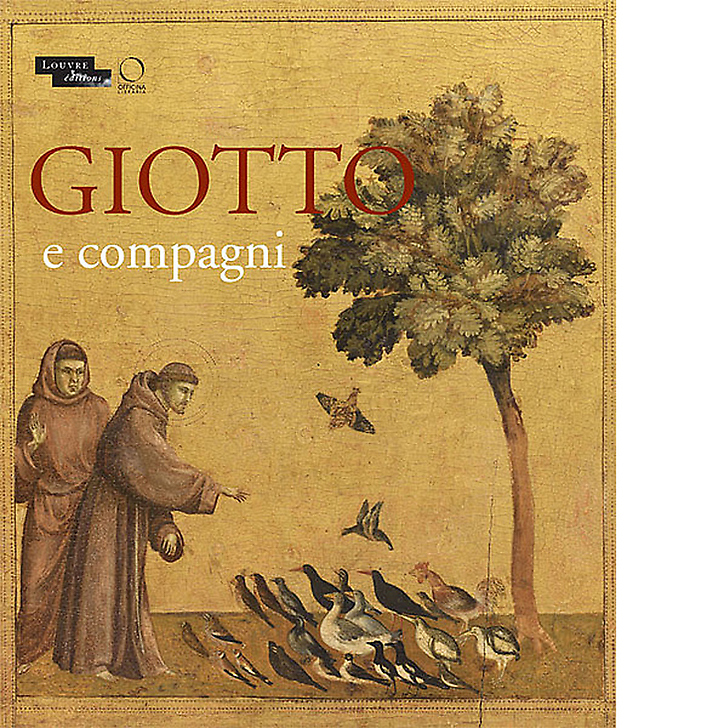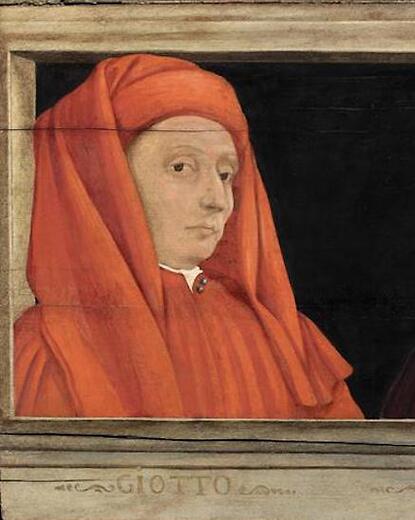FRENCH LANGUAGE
Giotto (c. 1267-1337) was the main architect of the renewal of Western painting since antiquity
Three paintings in the Louvre are representative of the different phases of his production and its variety, and form the keystone of the publication: the large Saint Francis of Assisi receiving...
Read more
FRENCH LANGUAGE
Giotto (c. 1267-1337) was the main architect of the renewal of Western painting since antiquity
Three paintings in the Louvre are representative of the different phases of his production and its variety, and form the keystone of the publication: the large Saint Francis of Assisi receiving the stigmata from the church of San Francesco in Pisa, a signature creation from his early years, the monumental painted cross, often neglected by the artist's specialists because of its poor state of presentation, but now undergoing a fundamental restoration, the remarkable Crucifixion acquired by the museum in 1999, which suggests the painter's activity and that of his disciples in Naples around 1330, and his influence in terms of form and iconography across the Alps, which was fostered by the close ties between the Anjou family of Naples and their French cousins.
Other prestigious works from French and foreign collections - drawings, manuscripts, paintings - will complete the presentation of this immense artist whose genius was immediately hailed by his contemporaries, Dante being the first.
Exhibition Giotto e compagni at the Musée du Louvre, Paris in 2013.
French language
255 pages
Coédition Officina Libraria/Louvre éditions
Close



